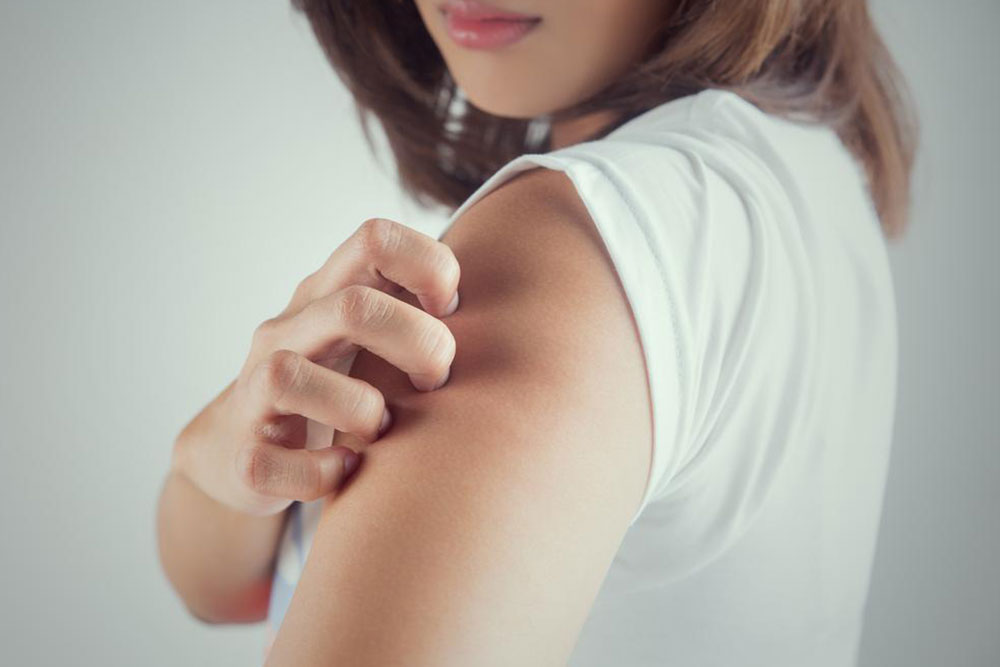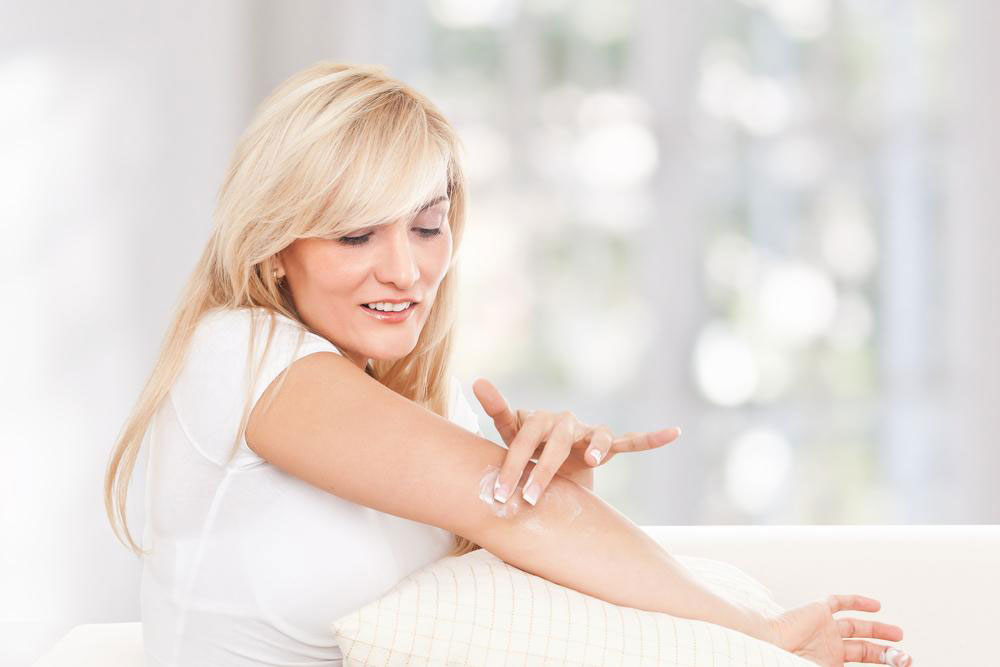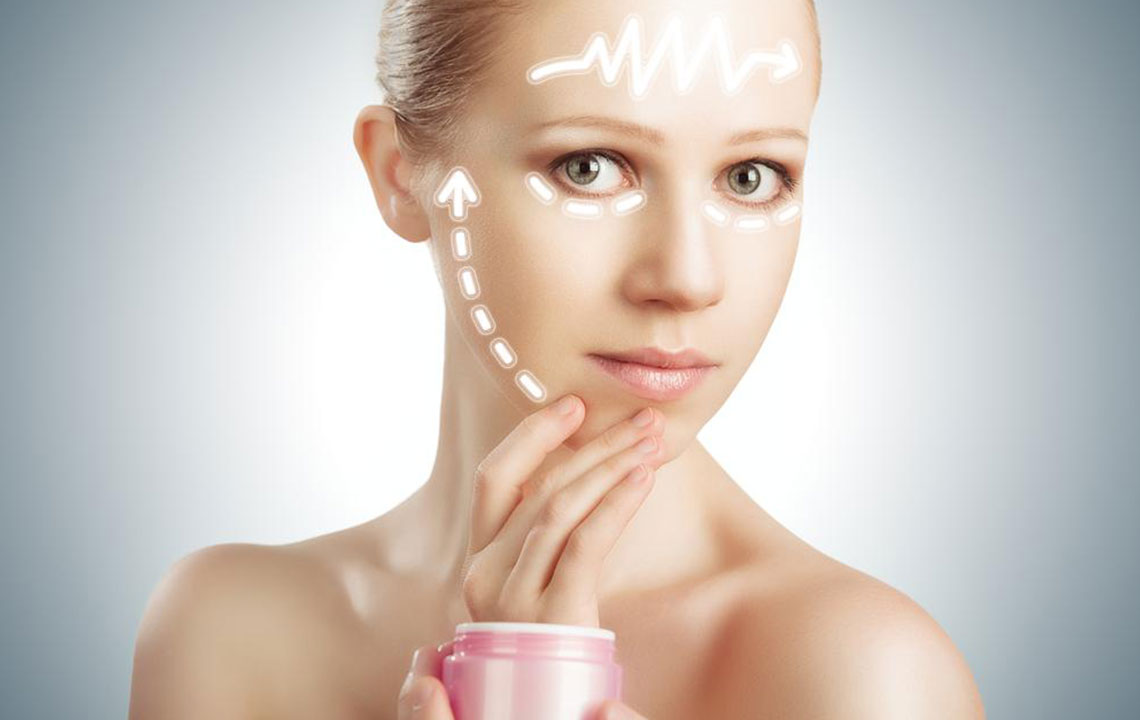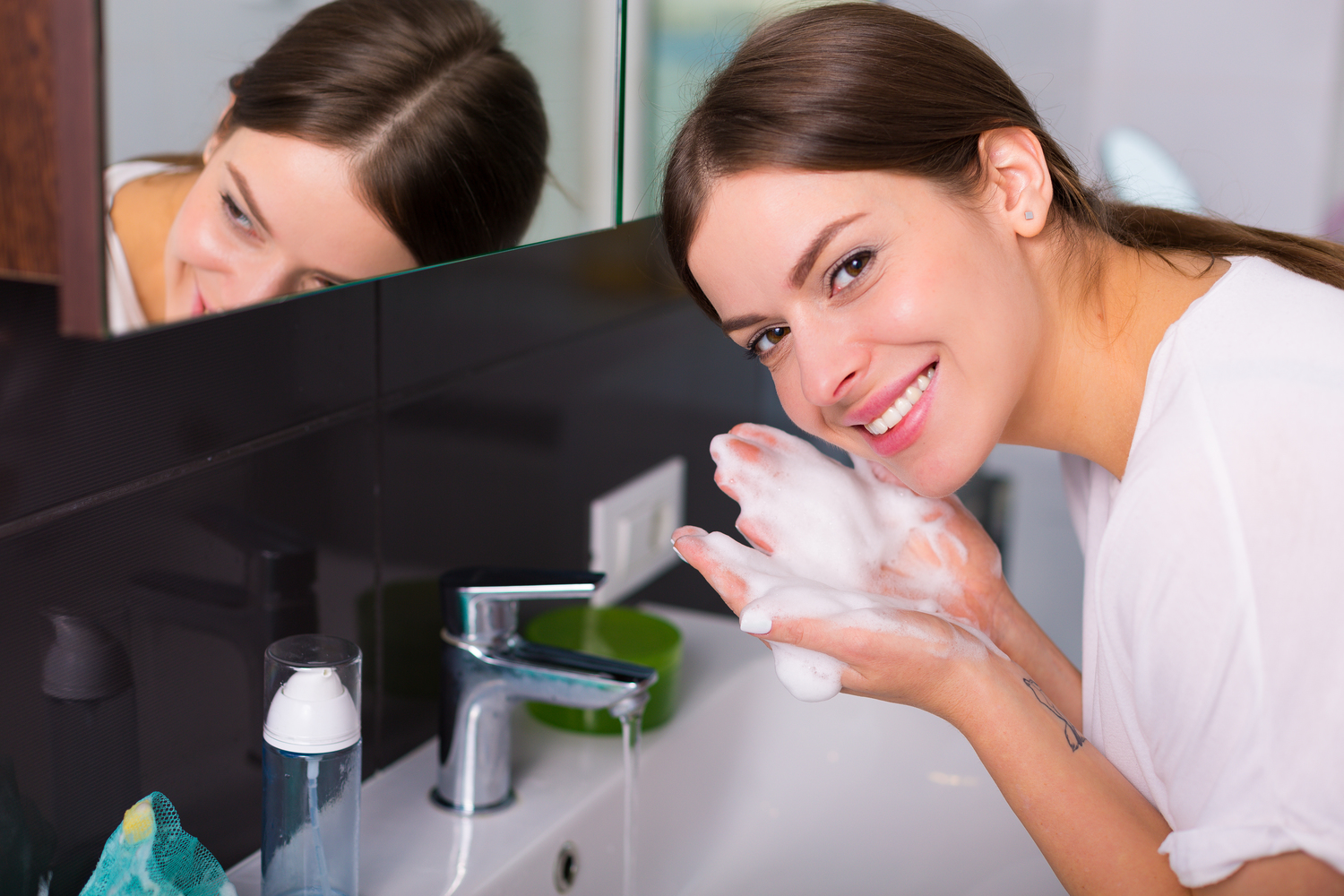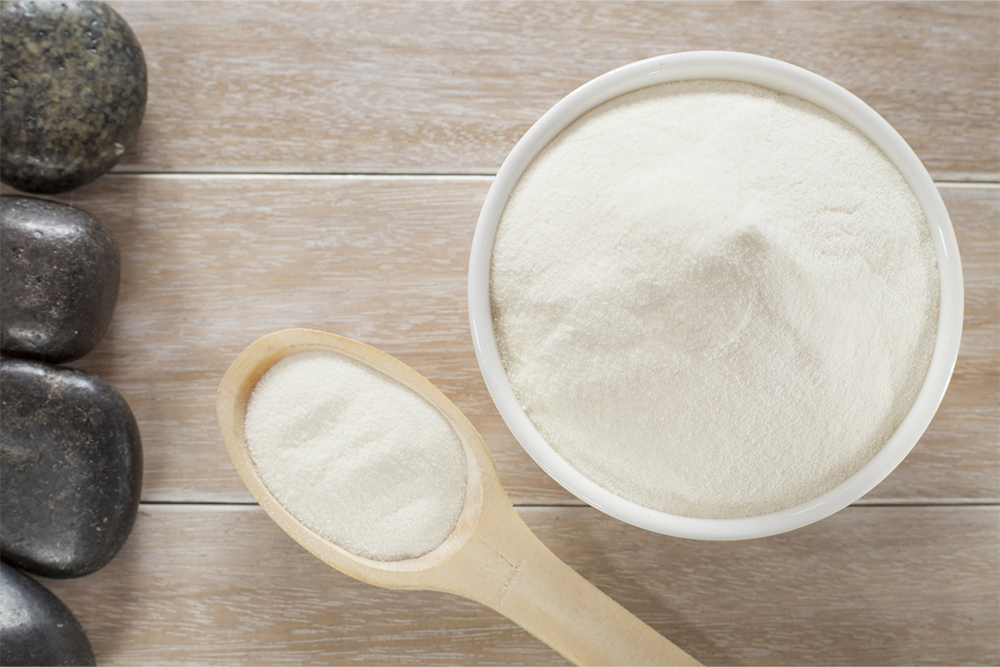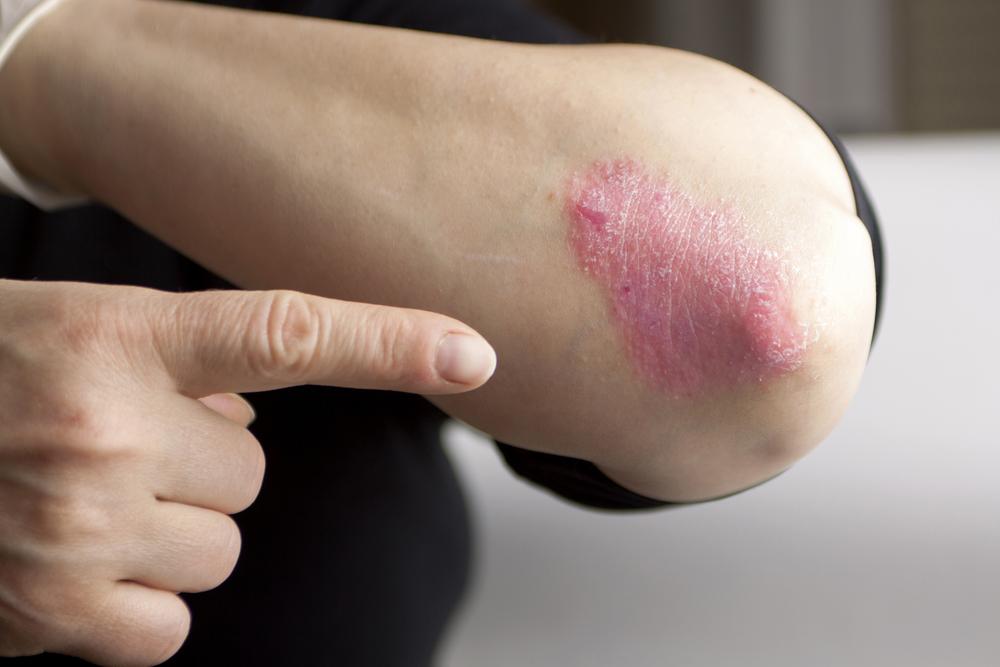Effective Strategies for Heat Rash Relief and Prevention
Discover effective treatments and preventive strategies for heat rash. Learn how to identify symptoms early, use home remedies, and when to seek medical help. Keep your skin cool and protected during hot weather for comfortable summers.
Sponsored
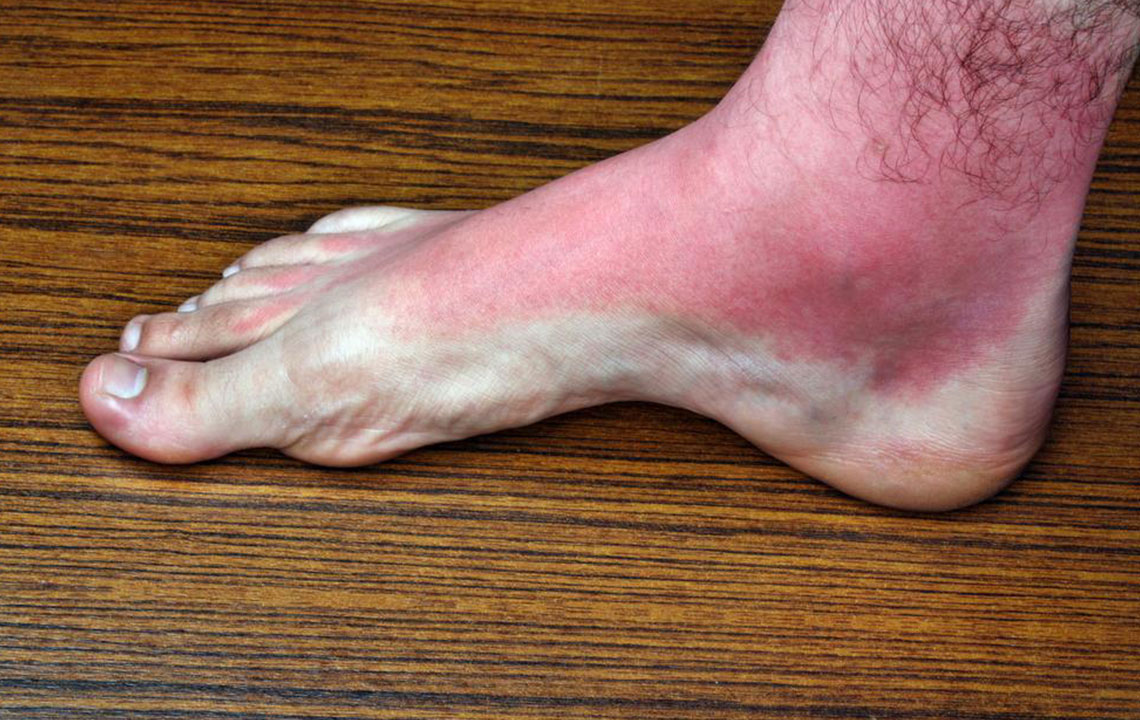
Summer often brings skin irritations like heat rashes, which appear in areas covered by clothing. All age groups, from infants to seniors, are prone to this condition. Identifying the rash early is key, as untreated heat rashes can worsen. Fortunately, numerous home remedies and medications can alleviate symptoms. Prevention is equally important, involving measures like staying cool and avoiding excessive heat exposure. Once managed properly, enjoying the summer without discomfort becomes possible.
Heat rash is common and typically harmless, but if treatments fail, consult a dermatologist to rule out other infections.
Heat rash manifests as red or pink spots, usually in areas covered by clothing, due to blocked sweat ducts causing swelling and itching. It’s frequently seen in babies but can affect adults in hot climates.
These rashes develop when the skin is overly covered or exposed to excessive heat, trapping sweat and causing irritation. Managing the rash involves cooling the skin and maintaining a comfortable environment. Long-term prevention includes wearing loose clothing and staying in shaded or air-conditioned spaces.
Recognizing a heat rash: It appears as small bumps or pimples on the skin, which can occur anywhere. If untreated, secondary infections may develop. Watch for swelling, redness, itching, or the appearance of red streaks, along with fever or chills.
Remedies for heat rash:
Wear loose, breathable clothing until the rash subsides.
Remain in cool surroundings to promote healing.
Expose the affected skin periodically to air.
Avoid ointments or lotions that can clog pores.
Take regular cool baths and use gentle soaps.
Steer clear of oil-based skincare products.
Stay well-hydrated by drinking plenty of water and juices.
Limit sun exposure during peak hours.
Medical options for severe cases: Ointments like calamine lotion can soothe itching, while topical steroids are used under medical supervision. Anhydrous lanolin helps prevent duct blockage, aiding faster recovery.
Preventive tips: Stay in cool environments, wear loose clothing, drink fluids, and maintain good hygiene. Shower regularly and dry the skin thoroughly to reduce heat rash risk. Proper sweating regulation safeguards skin health, preventing clogged pores and inflammation.

